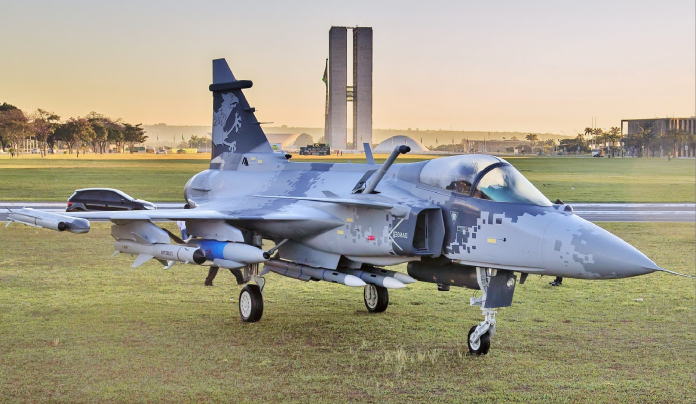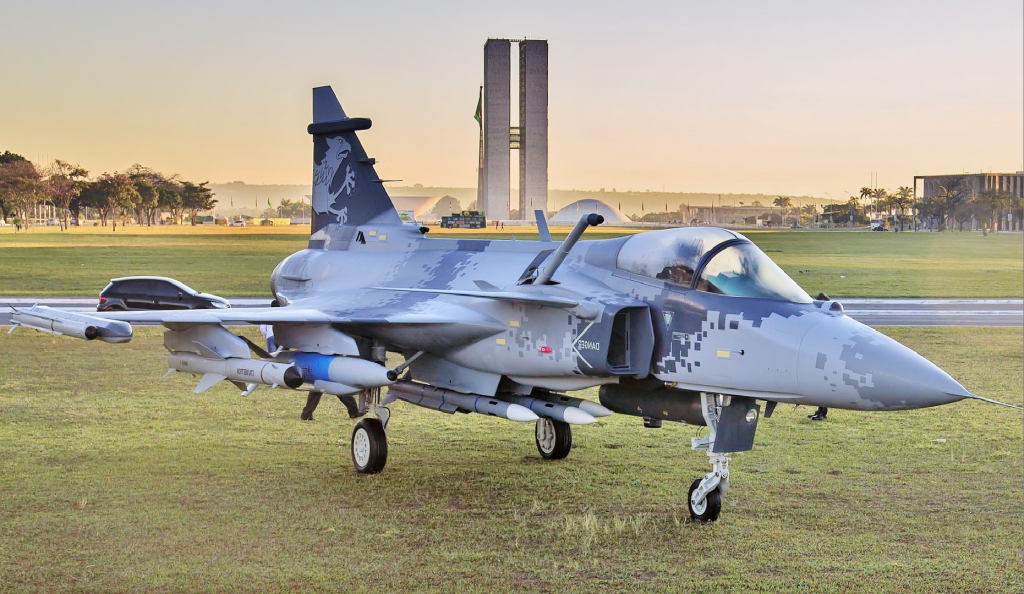
“Mobility is survivability.” That maxim, as uttered by leaders of the Swedish Air Force, is not just doctrine but also the design DNA of the Saab JAS 39 Gripen-E. As Ukraine makes a push to modernize its air force in the shadow of Russian missile barrages and contested skies, that philosophy may prove to be the deciding factor.
The LoI between Stockholm and Kyiv for as many as 150 Gripen-E fighters was far more than a procurement plan-a signal of a strategic shift toward proactive control of the battlespace. The Gripen-E fighter is designed to conduct operations in Europe’s most hostile air environments, offering advanced sensors, electronic warfare capability, and dispersed basing capabilities far more in tune with Ukrainian operational reality.
Here is a rundown of the key attributes that make Gripen-E uniquely potent for Ukraine, technologies, and tactics that could reshape the air war over Eastern Europe:
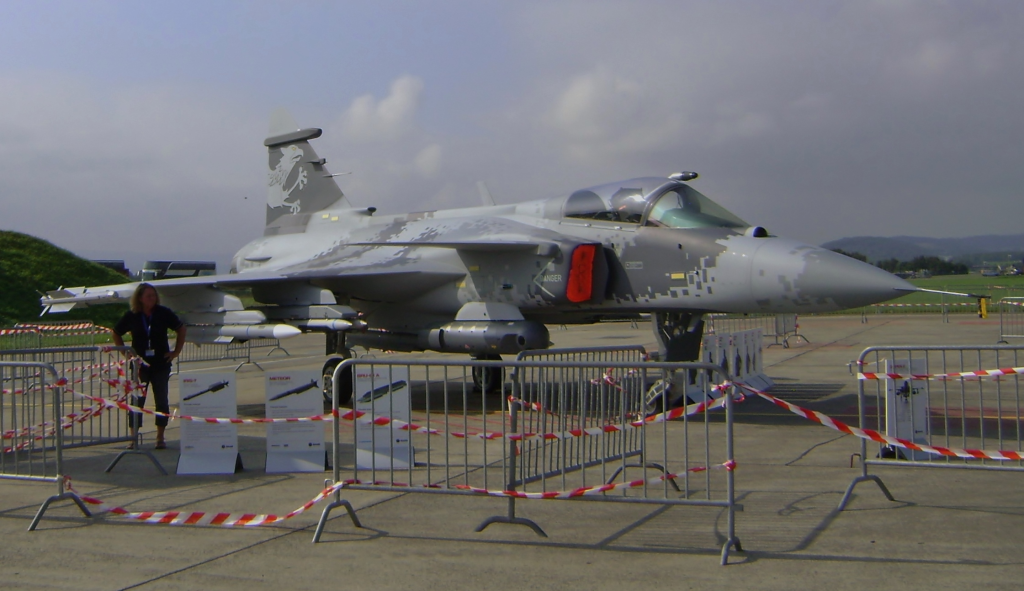
1. Sensor Fusion for Early & Stealthy Detection
Situational awareness is provided for the Gripen-E by the Raven ES-05 AESA with a roll-repositionable antenna, extending the field of regard to track air-to-air and air-to-ground targets simultaneously. In addition, this radar is resistant to jamming and shortens sensor-to-shooter timelines.
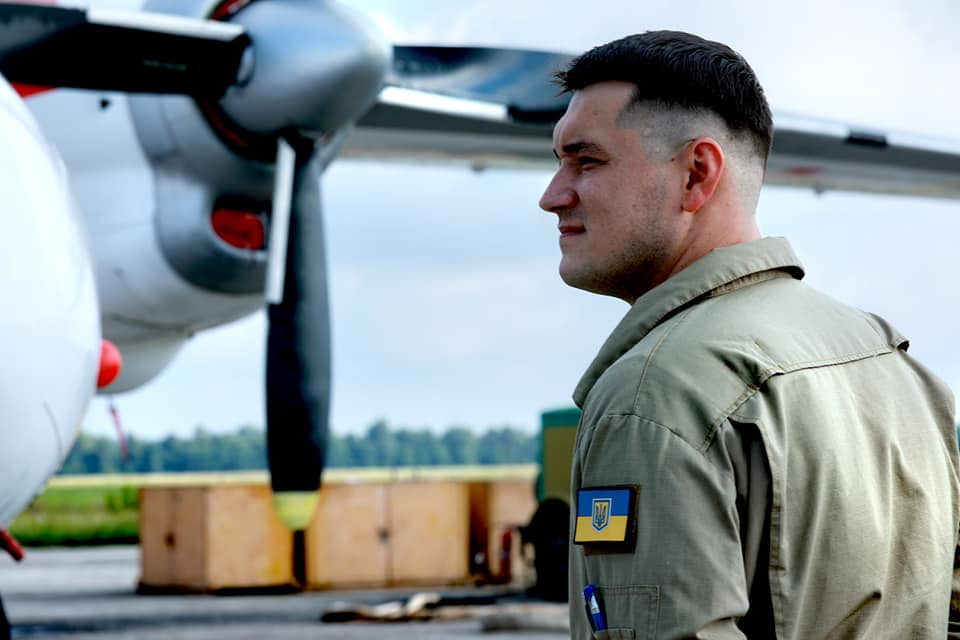
Along with the Skyward-G infrared search and track system, the jet would be able to passively detect aircraft and missiles through their heat signature-a trait that’s particularly important against stealthy or radar-silent threats. Equipped with encrypted data links and fusion software, Ukrainian pilots will share targeting data across platforms, choosing when to engage or remain passive as a function of preserving surprise. This flexibility directly increases beyond-visual-range engagement opportunities while reducing exposure to Russian long-range SAMs.
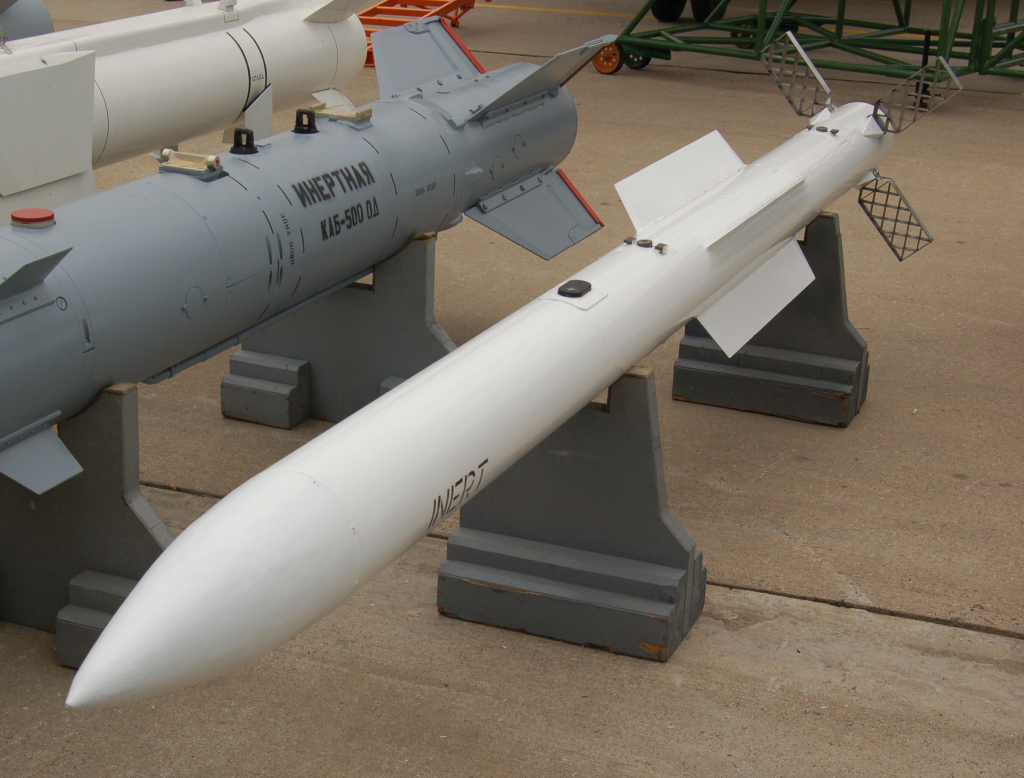
2. Weapons Loadouts That Outrange the Opposition
Compatibility with the Meteor ramjet-powered missile will guarantee the Gripen-E a decisive reach advantage, as this missile keeps its high speed deep into its trajectory and opens up a much larger no-escape zone compared to the Russian R-77 or R-37 missiles.
Equipped with ten hardpoints, it is configured with mixed packages: Meteor for long-range kills, IRIS-T for close combat, AMRAAM for versatile engagements, combined with precision-strike munitions. It allows one sortie to switch from air defense to an interdiction mission without reconfiguration-a thing not easily performed by jets from the Soviet era. It means for Ukraine faster response in fluid conditions on the battlefield, and less vulnerability during the turnarounds.
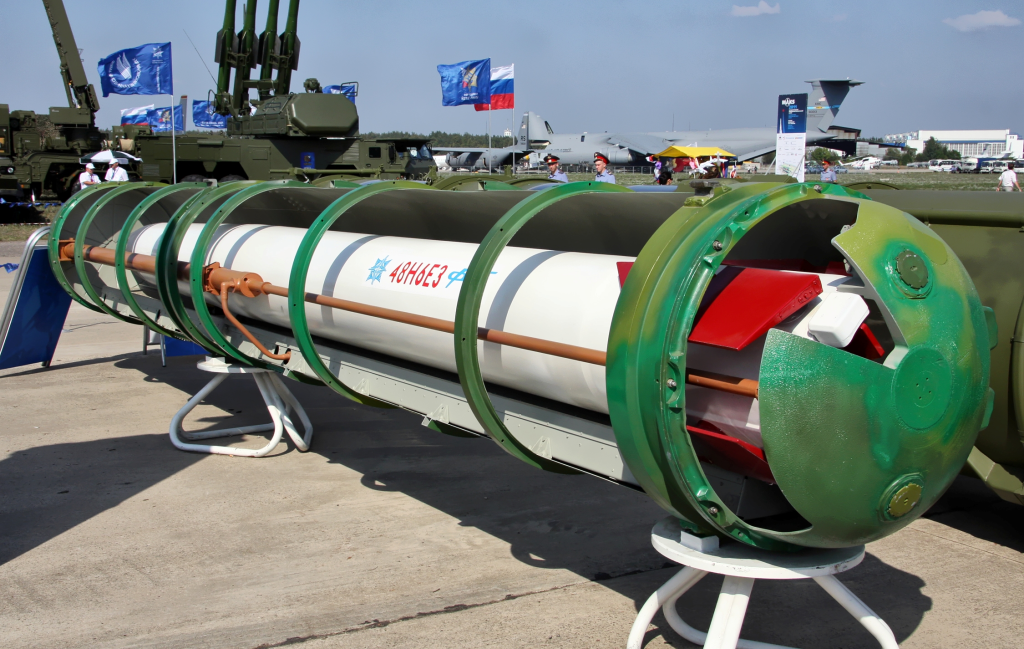
3. Electronic Warfare as a Survival Strategy
Arexis is an electronic warfare suite: a 360-degree defensive sphere with digital receivers, active jammers, towed decoys, and missile-warning sensors able to automatically detect and counter threats. In practice, this puts Gripen-E pilots in a position to force enemy radars into revealing positions, degrading missile accuracy, and cutting temporary corridors through dense SAM belts such as the S-400. Unlike stealth-reliant designs, Gripen-E survives by outsmarting sensors and disrupting kill chains, which makes it highly adaptable to electronic battlespace over Ukraine.
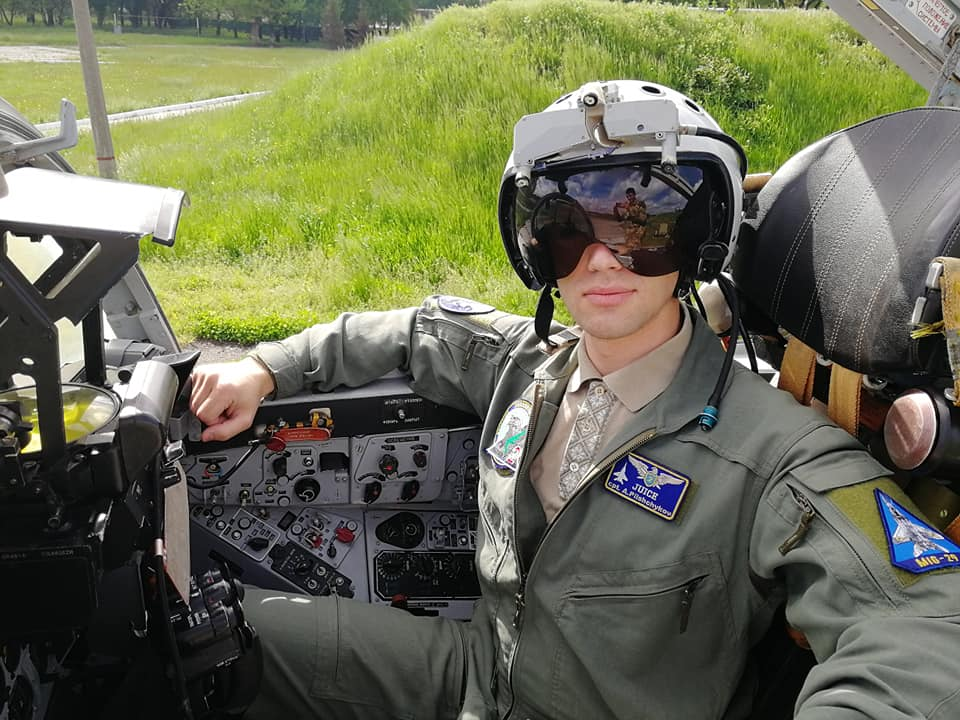
4. Dispersed Basing for Persistent Operations
Though designed originally for austere operations, the Gripen-E can launch off of short or damaged runways-or even highways-and be turned around in less than 20 minutes by a small crew. That echoes tactics Ukrainian pilots have used since 2022 to evade destruction on the ground. Moving frequently and operating from improvised sites, the Gripen-E squadrons can blunt the Russian targeting of fixed airbases. “Dispersed operations are part of our air force’s DNA,” said Swedish Deputy Air Force Commander Tommy Petersson-a trait that perfectly fits Ukraine’s wartime needs.
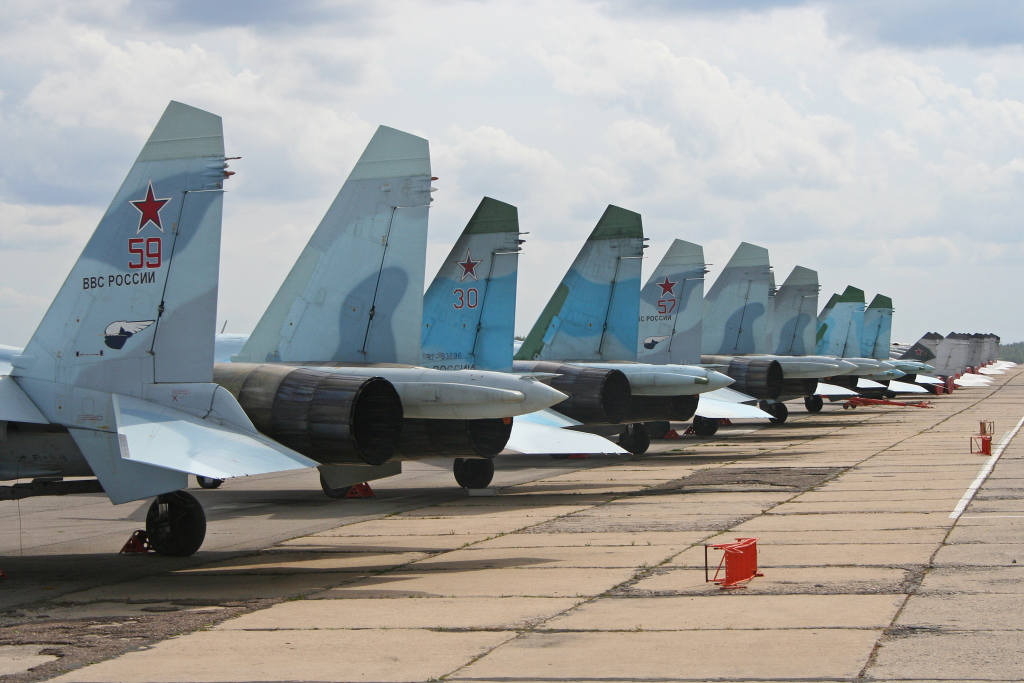
5. Agility and Energy Management in Combat
The Gripen-E is powered by the General Electric F414G engine, developing 22,000 pounds of thrust, offering rapid acceleration, high climb rates, and sustained agility. Digital fly-by-wire controls permit precise high-G maneuvers without overburdening the pilot. These qualities enable the Ukrainian pilots to dictate the terms of engagement: closing in for a kill, disengaging to avoid threats, or outmaneuvering heavier Russian fighters. In contested airspace, superior energy retention can mean the difference between survival and loss.
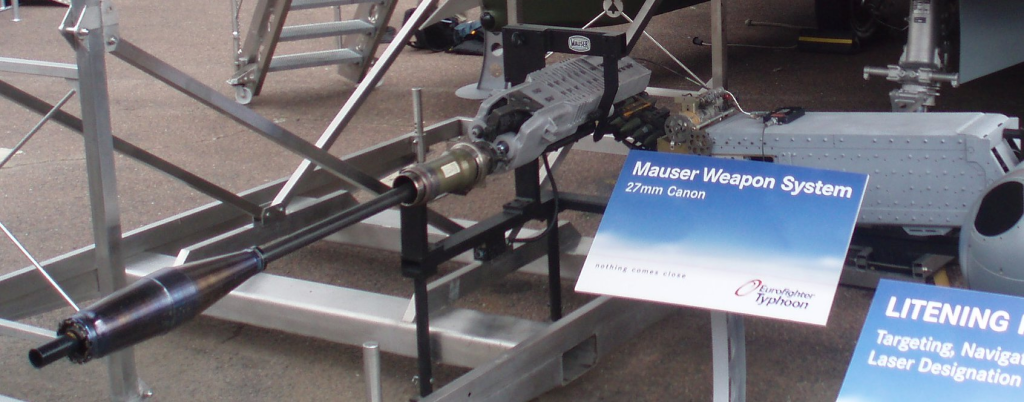
6. Multirole Flexibility Across Mission Sets
Besides air combat, the Gripen-E can employ laser- and GPS-guided bombs, anti-radiation missiles, anti-ship weapons such as the RBS-15, and long-range stand-off munitions. The 27mm Mauser BK-27 cannon adds a close-range option. The ability to use the same platform for air defense, interdiction, and SEAD would let Ukraine achieve that kind of adaptability, which becomes a force multiplier in modern conflict when mission requirements switch in very short order.
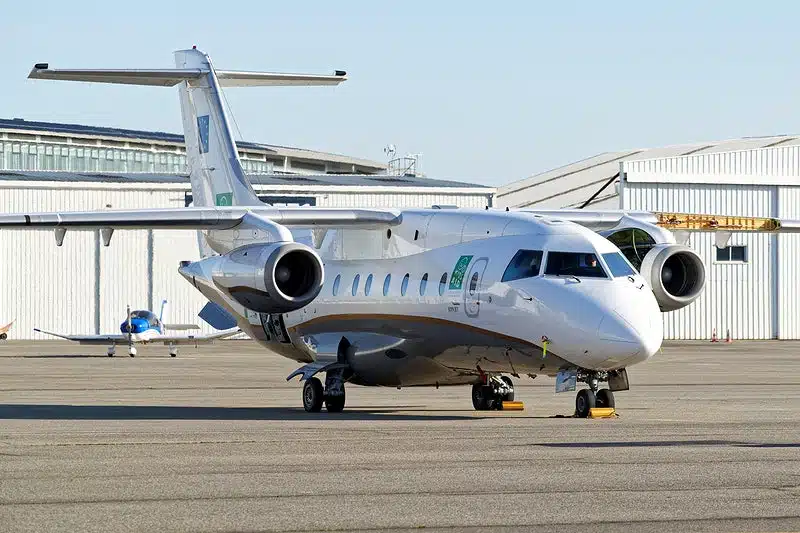
7. Sustainment and Sortie Generation Under Fire
With its modular construction and fast-access panels, the Gripen-E reduces maintenance time to allow higher sortie rates. In addition, lower operating costs-estimated at $6,000-$8,000 per flight hour-contrast sharply with the Eurofighter’s $35,000+, thus making sustained operations more affordable. For Ukraine, this would mean more aircraft up in the air every day, less reliance on precarious depots, and a more resilient air campaign.
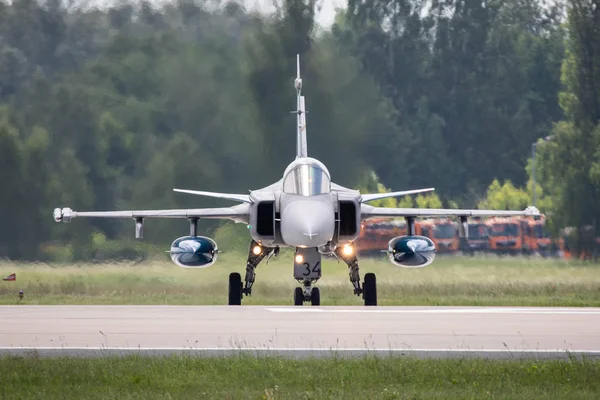
“A fighter that keeps flying is a fighter that wins,” Army Recognition noted. Transfer of up to 150 Gripen-E fighters-already in a planned deal by Sweden-can take Ukraine from piecemeal air defense to a coherent, NATO-integrated airpower strategy. This aircraft offers a mix of survivability, reach, and flexibility honed in the contested skies of Eastern Europe. Though some challenges remain on financing, training, and integration, the Gripen-E offers more than an upgrade-it offers architecture for sustained air superiority.
